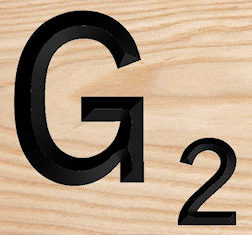Salesforce How To Educational Series #2
This week’s Salesforce post starts out with a pet peeve.
When creating custom fields in your Salesforce org, PLEASE PLEASE fill out the Help Text and Description.
I work with a very mature org — a customer for more than 10 years — and I come across the following situation all the time:

[Note: certain info is blacked out for security/privacy]
The Description field should contain a sentence or two about why the field was created and what it’s purpose is. If the field is utilized in a formula field, a workflow rule, a Flow, a Process, and/or APEX code; you should note which element(s) the field is used in. I also like to leave a signature “created by ggosselink@companyname.com 180228” as well, so that if another admin in the future comes along and has questions, they will have a way to track me down.
The Help Text field should ask a question — like on the TV show Jeopardy — to which the information in the field is the answer. You also might include some information on the type of field to help the User determine what type of data to put in the field.
Here’s an example: On most objects in my org, I have a custom formula field labeled CASESAFE [Object] Id, for which the formula is CASESAFEID(Id) — e.g. CASESAFE Opportunity Id.
The Description on the CASESAFE Opportunity Id field reads:
Generates the 18- character CASESAFEID for this Opportunity record. Often used in Reports which may be downloaded to and manipulated in Excel.
created by ggosselink@companyname.com 180228
The Help Text reads:
What is the 18-character CASESAFE Id for this Opportunity record?
You will save you and any future admins a ton of work if you take one minute to fill out these two fields on every custom field you create in your org. A “nice thing to do” is to fill out at least the Help Text on every standard field as well. E.g On Account Name on Opportunities, the Help Text should read:
Which Account is this Opportunity related to? Lookup to Account records.
On behalf of frustrated Admins everywhere, I thank you for your attention to these important details. They are the “little things” that mean a lot.
